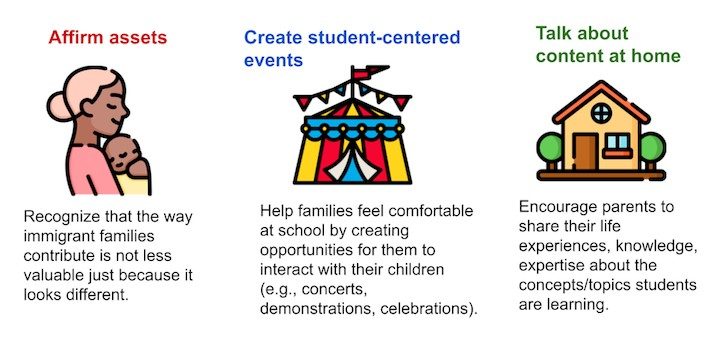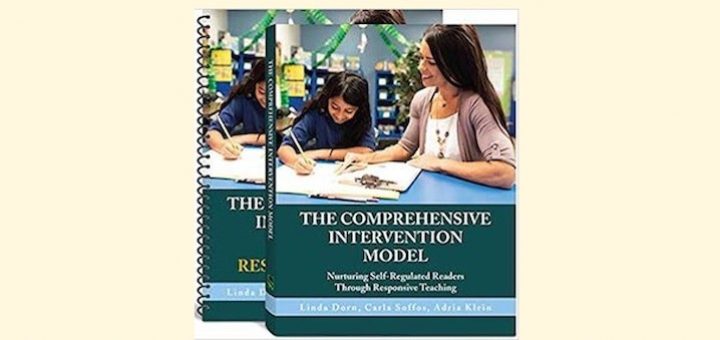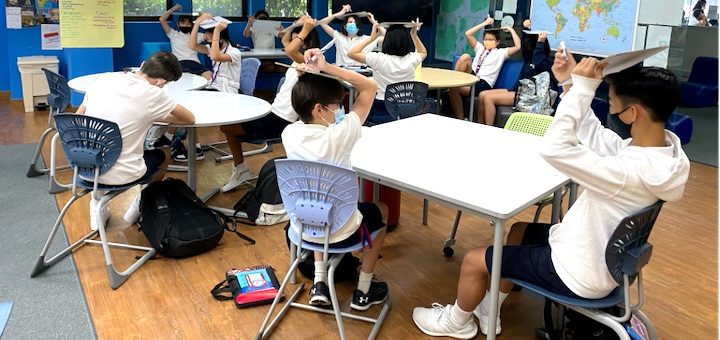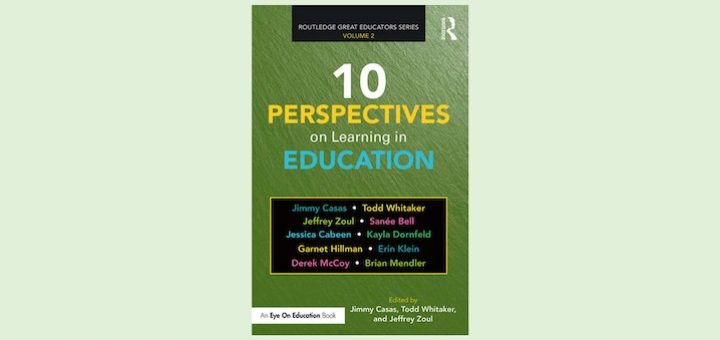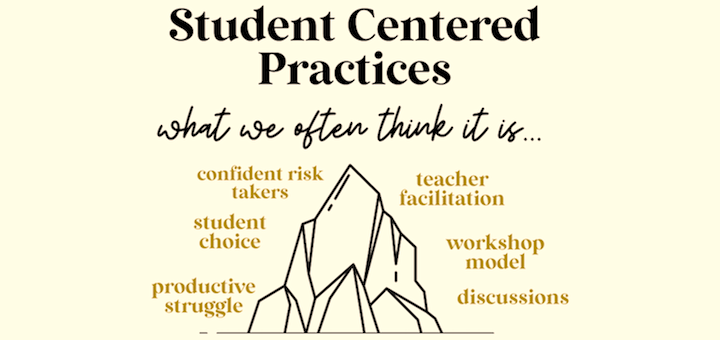Teaching and learning in grades 4-8
Rather than fixating on immigrant parents’ economic conditions and languages as deficits and labeling them as unable to contribute to their children’s education, ML specialist Tan Huynh advocates for an assets-affirming narrative, sharing the instructive story of his own mother.
Using a variety of teaching strategies is a great way to ensure students are cognitively engaged, writes math teacher Kathie Palmieri. Their responses to strategic prompts start productive discussions, and this helps kids feel they have a voice in shaping their learning.
As Ukrainian children flee Russia’s attacks, many will come to the USA, writes EL/ML teacher Dina Strasser. What do we need to know to welcome them? Here is Dina’s suggested reading list, from understanding the war and Ukrainian culture to learning how to help traumatized students.
In The Comprehensive Intervention Model: Nurturing Self-Regulated Readers Through Responsive Teaching by Dorn, Soffos and Klein, educators will learn how other districts have used CIM with real success and find the detailed guidance to implement the model with fidelity.
Do rewards help kids learn better? Motivation expert Dr. Debbie Silver argues instead for the effective use of positive, constructive feedback as the best means for fostering creativity, active involvement and intrinsic motivation. Included: How to make feedback effective.
If we want multilinguals to develop their speaking skills while learning content (and we do!) then they need multiple opportunities to engage in academic conversation throughout the school day. ML/EL education leader Jenny Vo shares her favorite successful strategies.
How can teachers be more intentional about teaching vocabulary words given the limited instructional time available? Megan Kelly shares ways she has begun to add more vocabulary instruction into small pockets of class time using focus words, drawing, GIFs, and Spot It cards.
After two years of pandemic strain and distraction, it’s time for educators to reclaim the “why,” writes district leader Brian Taylor. “10 Perspectives on Learning in Education” can help teachers and administrators refocus attention “on what we do every day for students.”
Teachers who support the idea of creating an equitable, student-centered classroom may question their ability to shape instruction so every child is well-served. Math teacher Mona Iehl shares four ways to start simply. Step 1: Make productive struggle an everyday routine.
Sometimes things fall apart when we’re trying to implement the gradual release of responsibility. Students struggle unproductively. Our guided and independent practice falls flat. Experts Cummins and Webb offer strategies to recalibrate or even restart when GRR goes awry.

